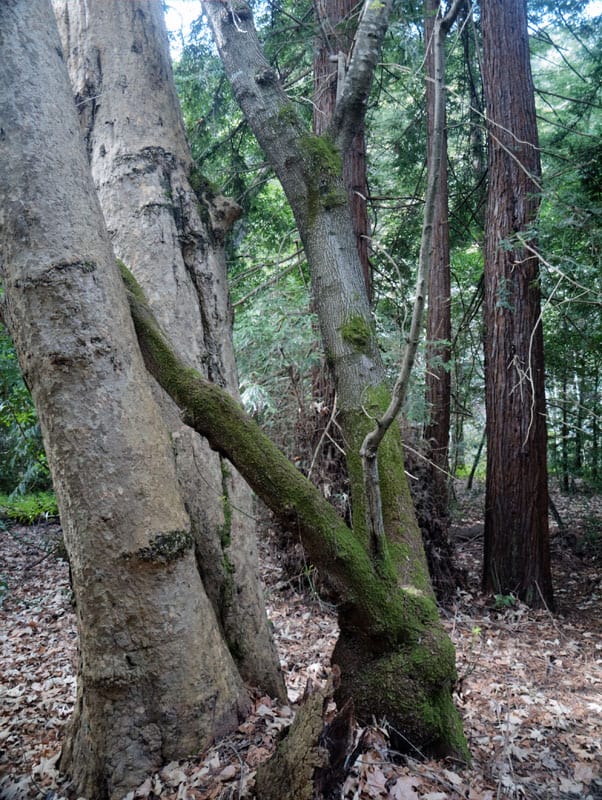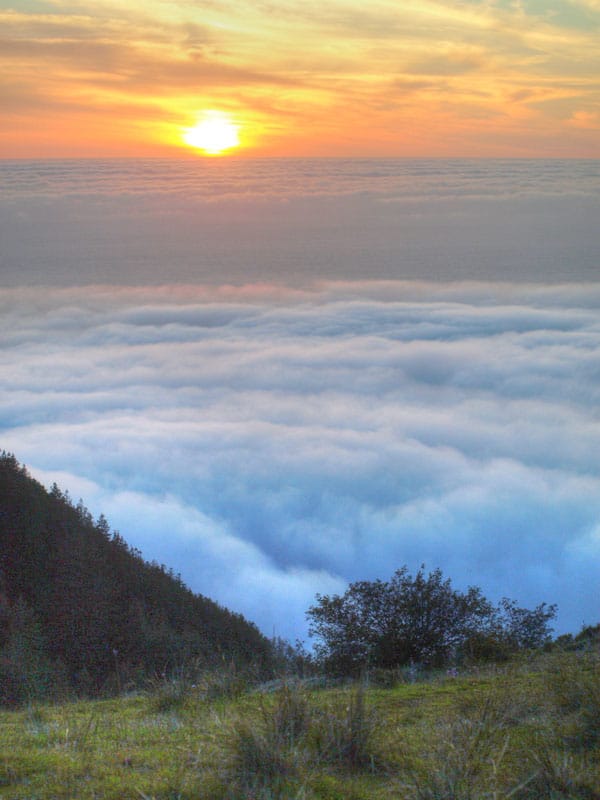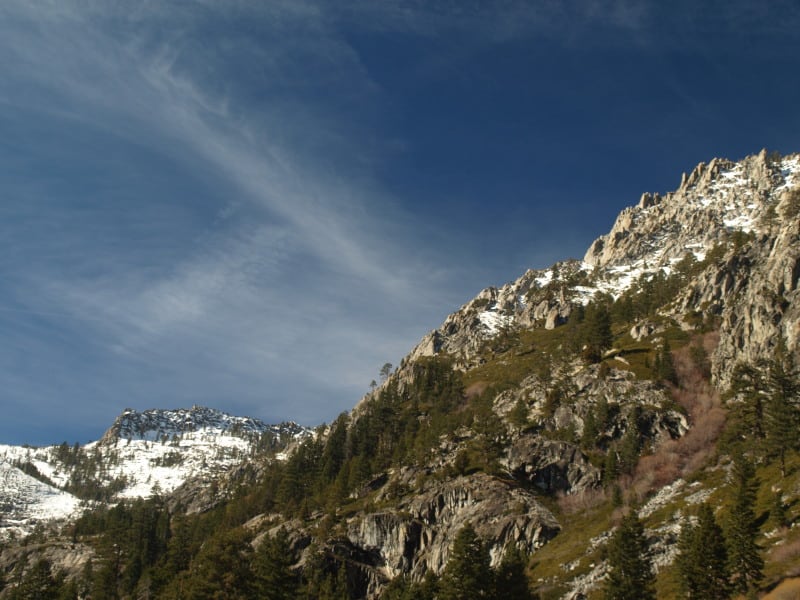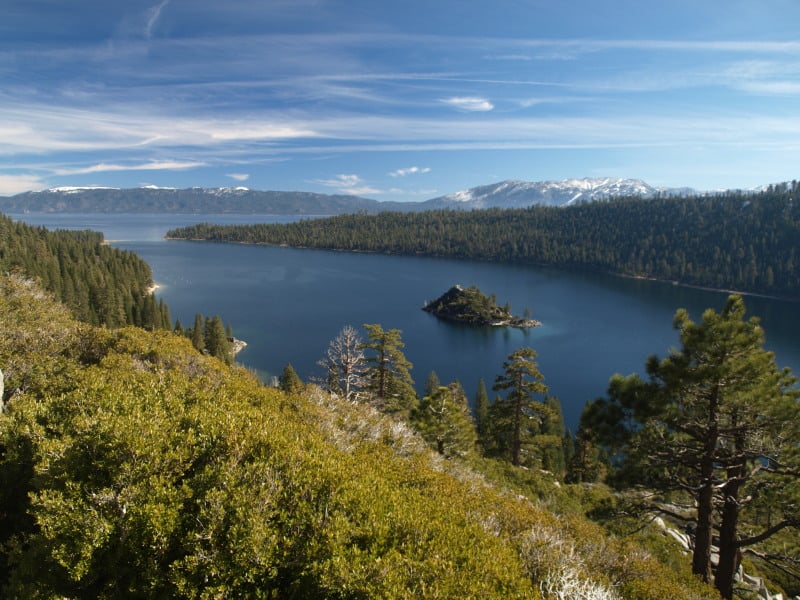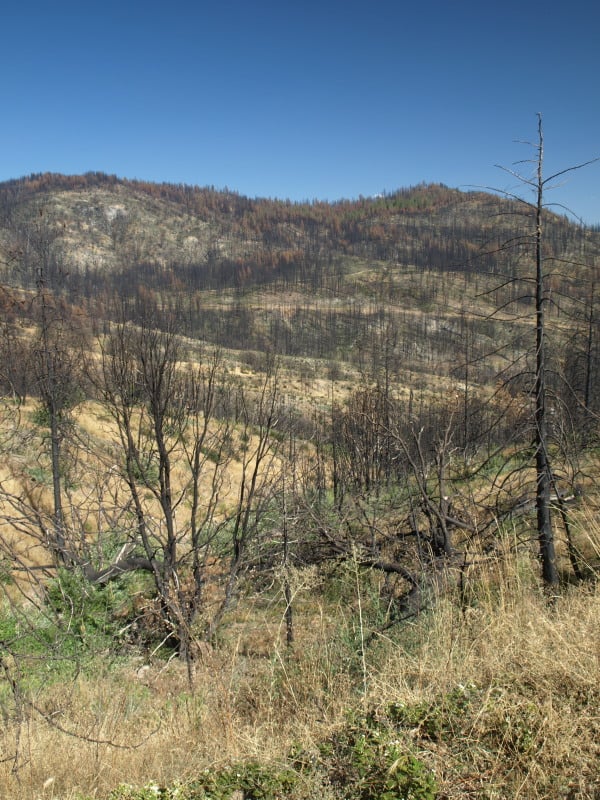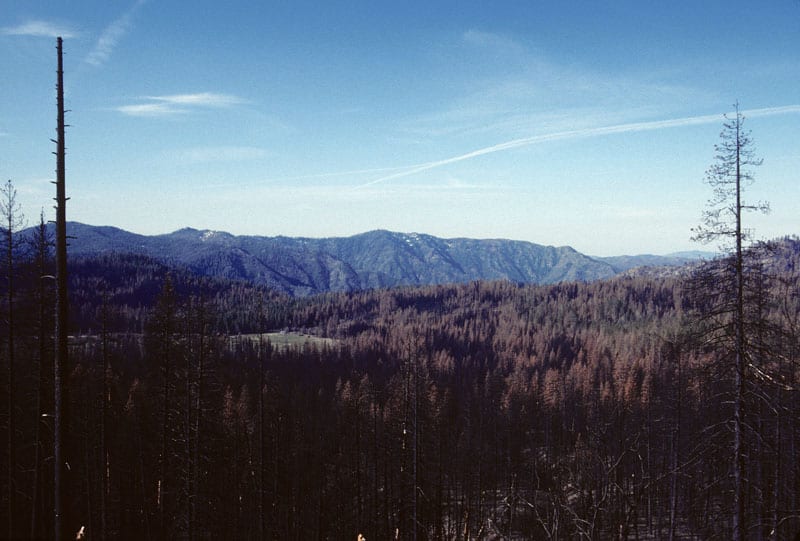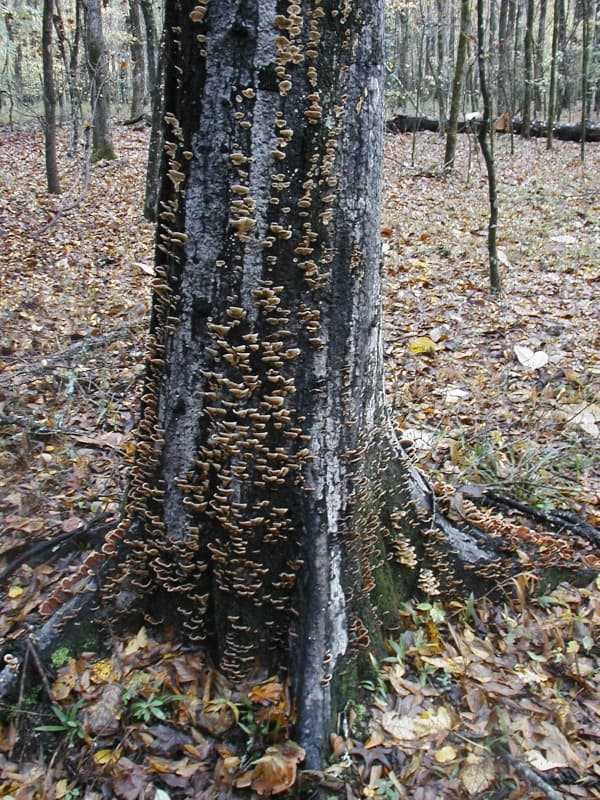From a New York Times op-ed by the president of the Trust for Public Land:
Last week, the United States Senate voted 51 to 49 to support an amendment to a nonbinding budget resolution to sell or give away all federal lands other than the national parks and monuments.
This was bad enough. But it followed a 228-to-119 vote in the House of Representatives approving another nonbinding resolution that said “the federal estate is far too large” and voiced support for reducing it and “giving states and localities more control over the resources within their boundaries.” Doing so, the resolution added, “will lead to increased resource production and allow states and localities to take advantage of the benefits of increased economic activity.”
The measures, supported only by the Republicans who control both houses, were symbolic. But they laid down a marker that America’s public lands, long held in trust by the government for its people, may soon be up for grabs.
Is this purely symbolic, or does it mean a Republican president in 2017 would get a bill to do this, and would sign it? Should maybe the Republican presidential candidates be asked what they would do?
